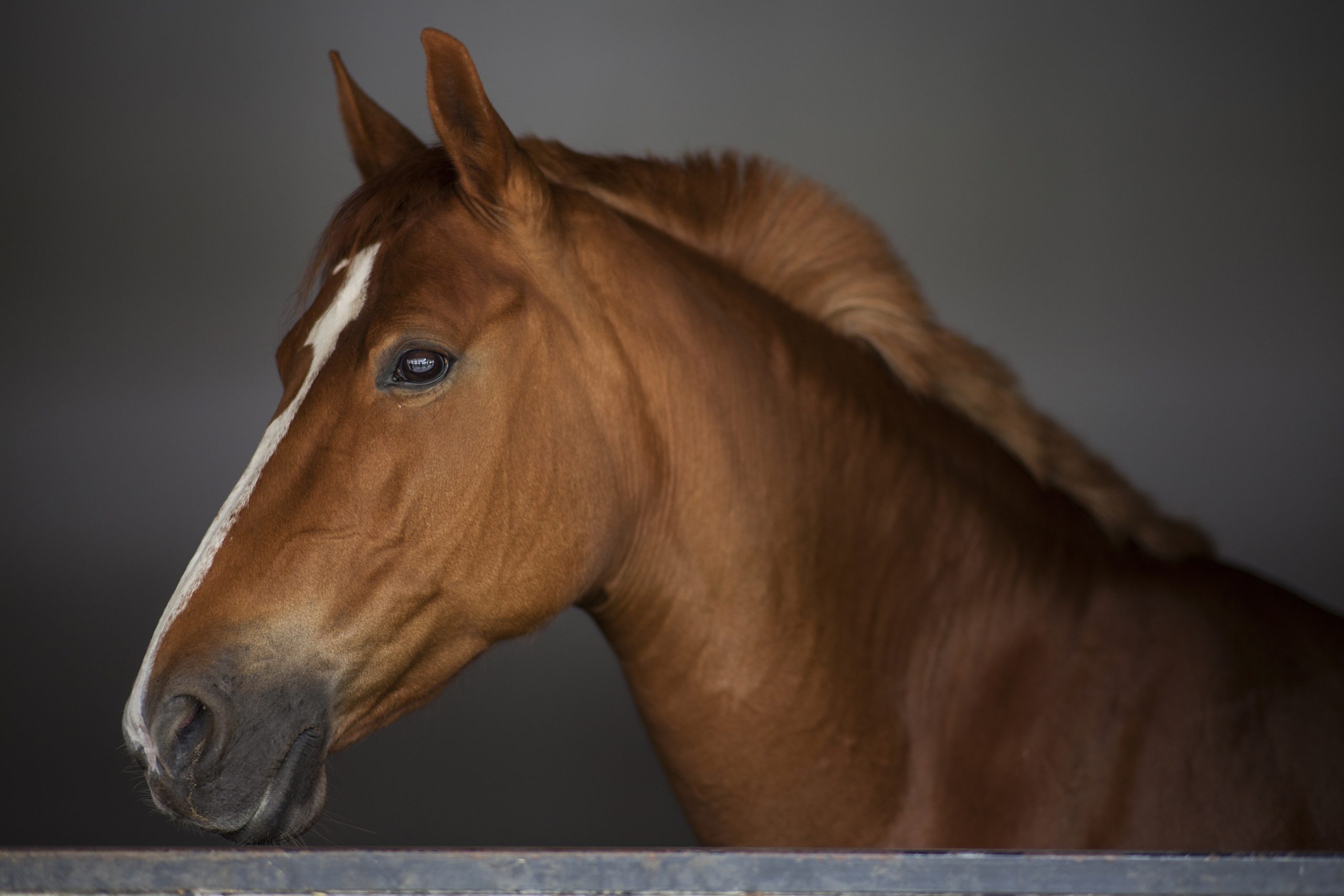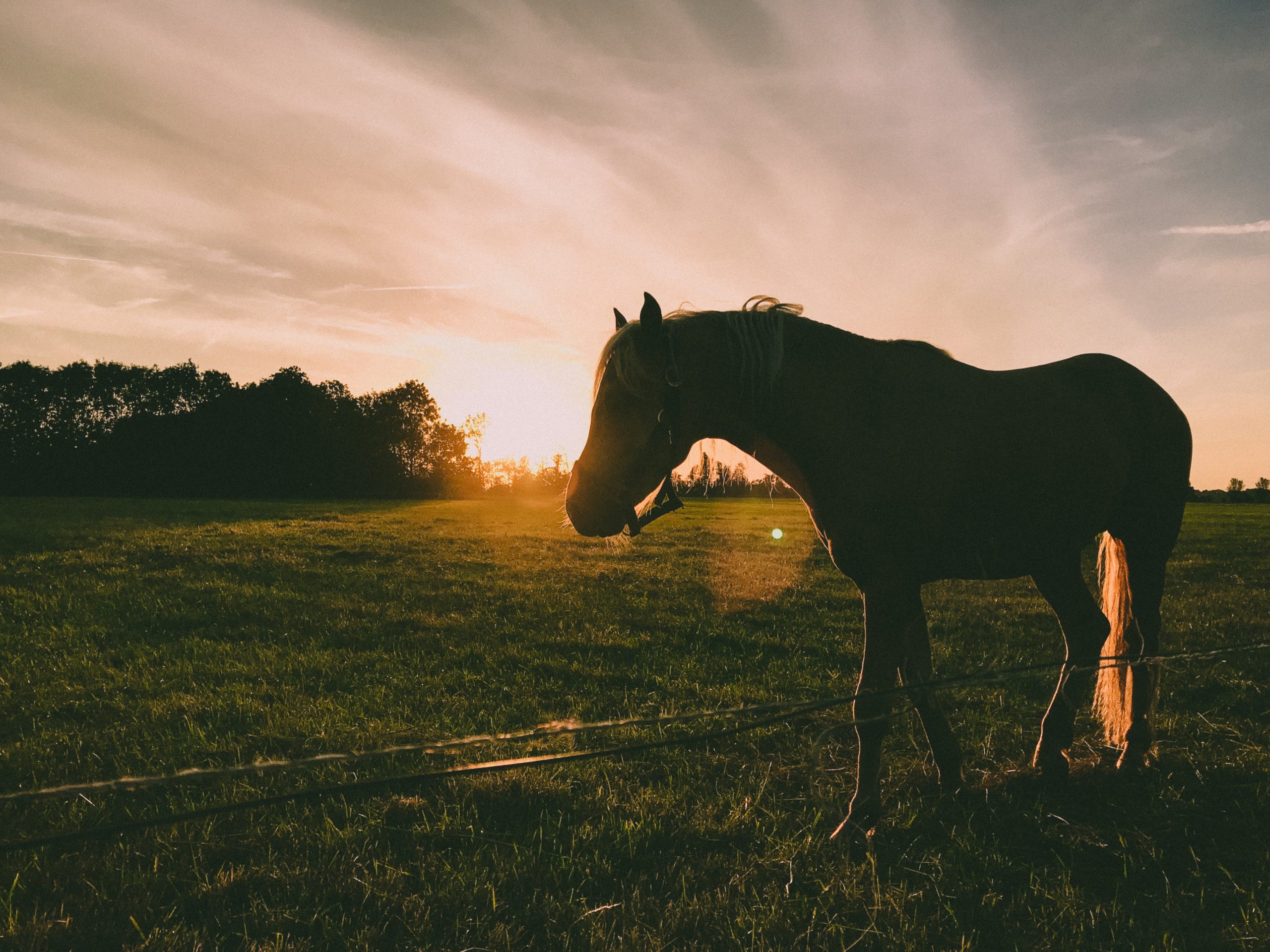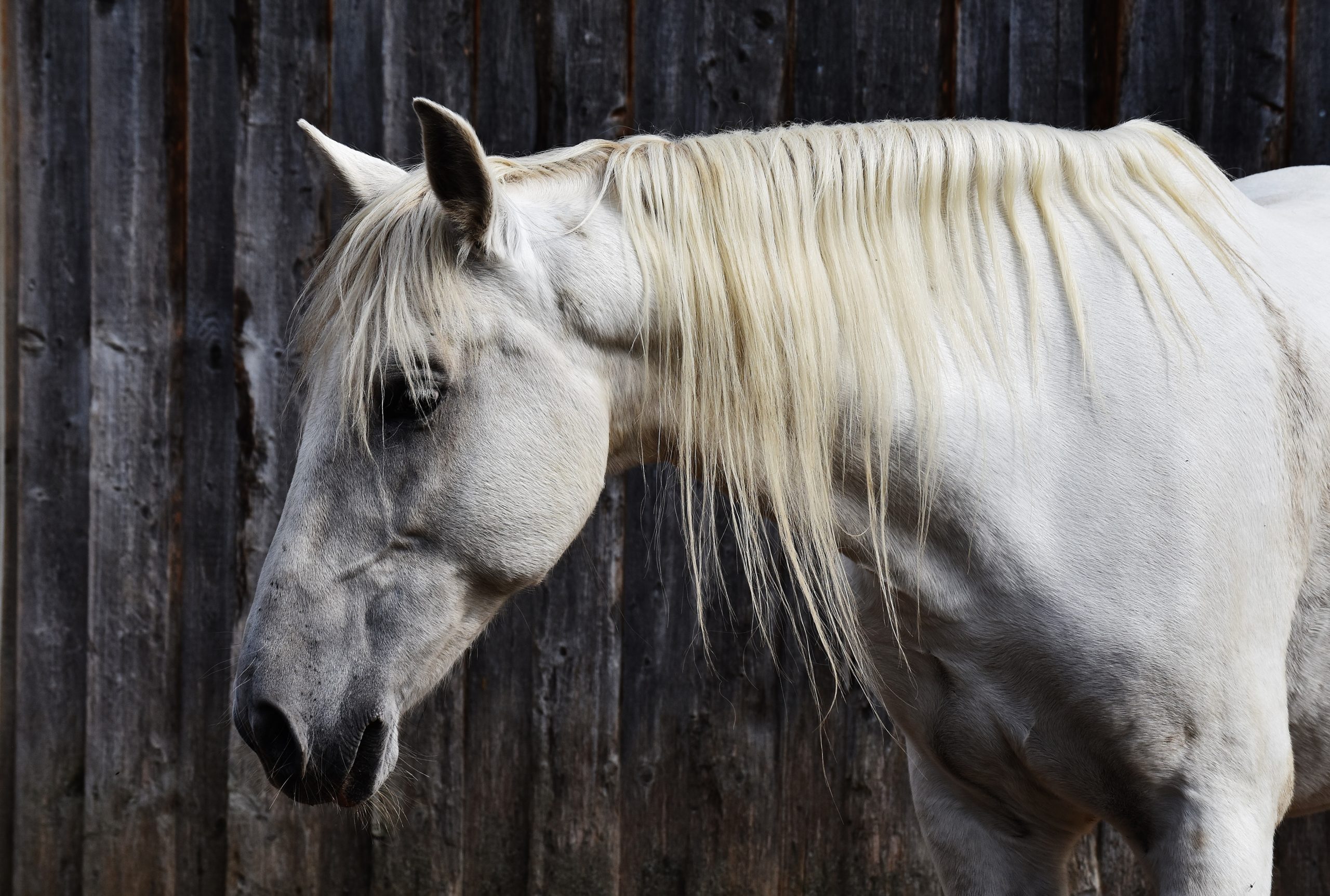Two species of lice can infest horses, causing skin irritation, self mutilation and loss of condition. Incidence peaks in late winter and spring, recurring annually once lice become established in a stable or paddock.
Long winter coats and lack of grooming and rugging make ideal breeding conditions for lice. Horse lice do not infest man or other animals.
Lice infestations spread via infested horses, rugs, grooming gear, harness, or rubbing on trees, rails etc. where winter haircoat containing lice or eggs has been deposited. Lice can only live off the horse’s body for a few days. Horses in poor condition are more susceptible to the effects of lice.
Symptoms of lice
- The blood-sucking louse is mainly found under the forelock, mane, tail and fetlocks
- However, in heavy infestations it may be found over the entire body, which can result in anaemia
- The biting louse lives on skin debris and is common on the backline, neck, head and flanks
- Lice result in rubbing, thinning of hair on the face and neck, and self mutilation of the skin in severe infestations
- Heavy infestations are easily visible under the mane or in the coat
- Light infestations can be hard to find – examine under forelock and look for grayish lice eggs
- Quickly lift up forelock or mane as lice rapidly move away from an exposed area.
Treatment of lice
- Thoroughly wash horse with an insecticidal product such as advised by your vet
- Do not use pour-on lousicides formulated for cattle or sheep on horses, as severe skin reaction and hair loss my result
- Repeat treatment in 7 to 10 days to break the lifecycle
- Treat grooming gear, harness and rugs at the same time
- Avoid using contaminated equipment or rugs for 14 days, as lice can only survive off a horse for a few days
- Wash rugs and hang inside out over a fence in sunlight for 10 – 14 days
- Where paddocked horses are infested, shift them out of the infected paddock for 14 days to starve active lice on trees and rails




